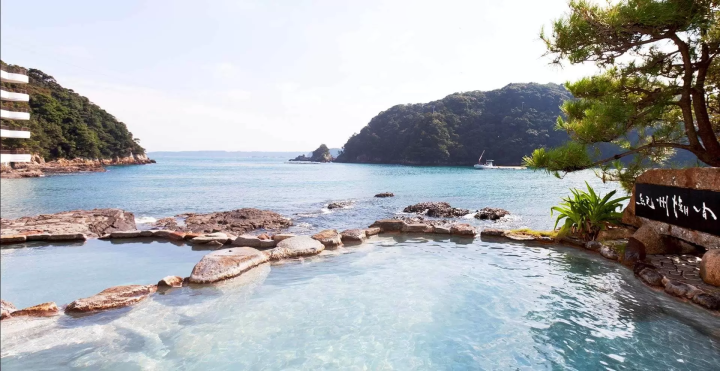Enjoy the Setouchi on a sightseeing train and cruise ship! Setouchi International Art Tour and Okayama/ Kurashiki

This course allows you to enjoy Setouchi hopping on the tourist train "La Mar Setouchi" and the " Okayama Kyobashi Cruise," and also visit the tourist spots of Okayama and Kurashiki. It is recommended for those who want to enjoy not only the Setouchi Triennale, but also sightseeing.
2 Tomari 3 days course
Day 1
10:11 departure: A train that will get you in the mood for a trip to the artistic island: La Mar Setouchi
For details on operation dates, please click here
JR Uno Station (arrival 11:12) On the JR Uno Minato Line, you can enjoy station art created by artist Estelle Stocker.

Art stroll around Uno Port
Naoshima (arrival 13:45 / departure 16:35)
Naoshima, known as the "island of contemporary art" and visited by travelers from all over the world, offers a chance to walk around the island while appreciating artworks that blend in with the calm Setouchi Sea and nature. Around Miyanoura Port, the gateway to the island, there is a bus terminal, bicycle rental shops, restaurants, and souvenir shops. *It is conveniently located close to Uno Port on the Okayama Prefecture side and can be accessed by ferry.

Tamano City(accommodation)
Day 2
Teshima Island (Arrival 9:05 / Departure 12:40)
Home to the Teshima Island Art Museum and Teshima Island Yokoo House, it is known as an island of contemporary art along with Naoshima . You can also enjoy beautiful nature, such as the beautiful Karato rice terraces that spread across the gentle slopes of the island, and beaches such as Mikogahama Beach, with their blue waters and white sand.
Cruise ship (Departure 16:00)

Take the Okayama Kyobashi Cruise, which will operate during the Setouchi Triennale 2025, from Inujima to Okayama City center (Kyobashi).
Fare: Inujima → Kyobashi one way: 2,000 yen for adults, 1,000 yen for children
*Operates on weekends and holidays during the art festival Okayama Kyobashi Cruise: 086-201-1703 (weekdays 10:00-17:00)
Reservation: Okayama Kyobashi Cruise
There are also tickets available from Inujima to Teshima Island(Karato Port) and from Kyobashi via Inujima to Teshima Island(Karato Port).

[Spring FANTASY GARDEN(GENSO-TEIEN)] April 25th (Fri) - May 6th (Tues), 2025, 18:00-21:30
[Summer FANTASY GARDEN(GENSO-TEIEN)] August 1st (Fri) to August 31st (Sun), 2025, 18:00-21:30
[Autumn FANTASY GARDEN(GENSO-TEIEN)] ・November 14th (Fri) to 24th (Mon), 2025, 17:00-20:30

Okayama City(accommodation)
Day 3
Spots introduced in this itinerary
Okayama Prefecture is located in the Center of Western Japan and is known as the "Land of Sunshine" due to its warm climate and little rain throughout the year. It's conveniently located halfway between famous tourist destinations like Kyoto, Osaka, and Hiroshima! It's also the gateway to Shikoku via the Seto. Okayama is also known as the "Fruit Okayama," and the fruits that are sun-drenched in the warm climate of the Setouchi are of the highest quality in terms of sweetness, aroma, and flavor. You can enjoy seasonal fruits such as white peaches, Muscat grapes, and Pione grapes! Okayama is also home to world-class tourist spots, including Okayama Castle, Okayama Korakuen Garden, one of Japan's three most famous gardens, and Kurashiki Bikan Historical Quarter, which boasts history, culture, and art!
The contents on this page may partially contain automatic translation.




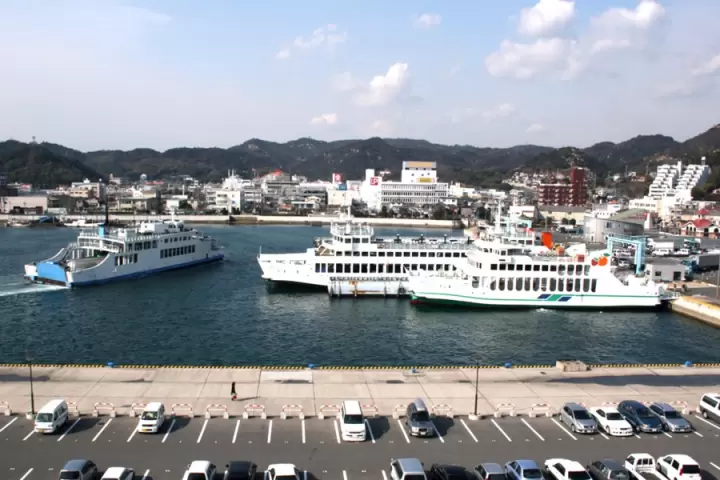




























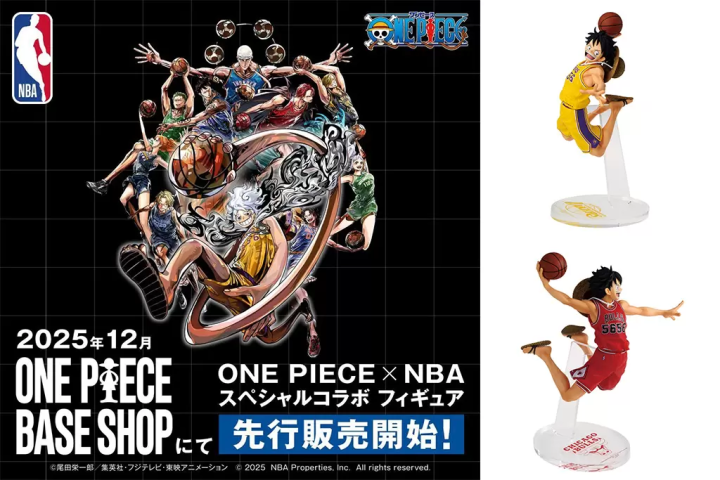
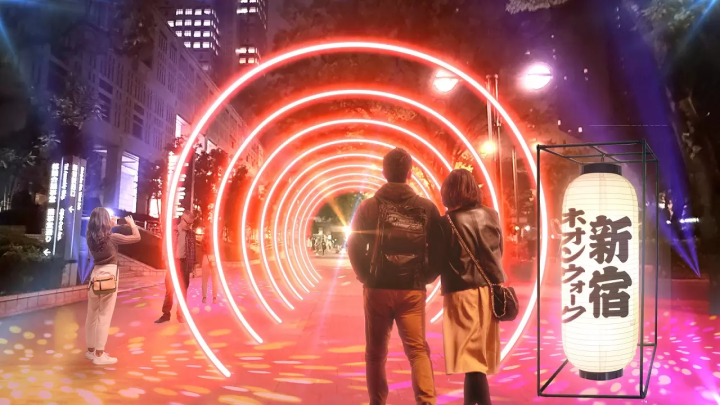
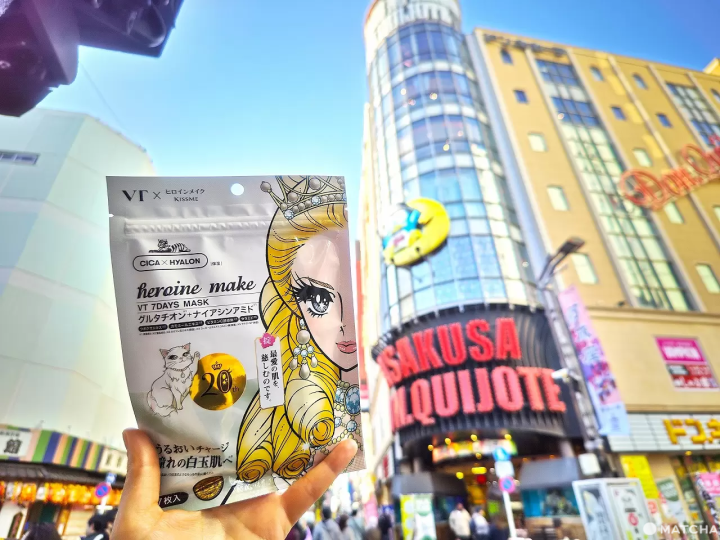


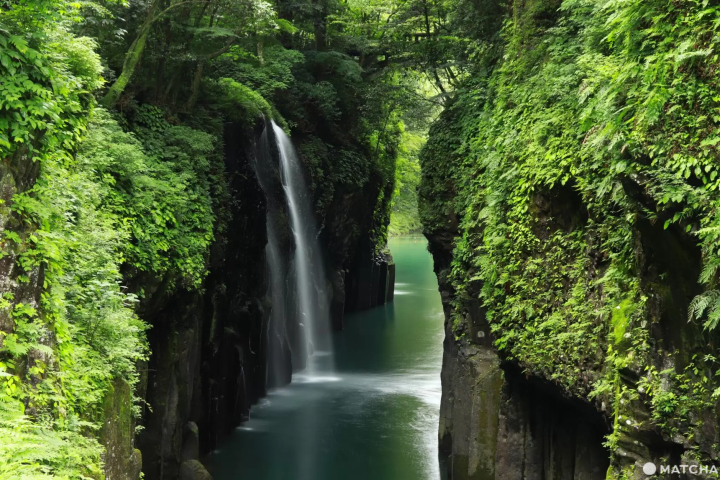




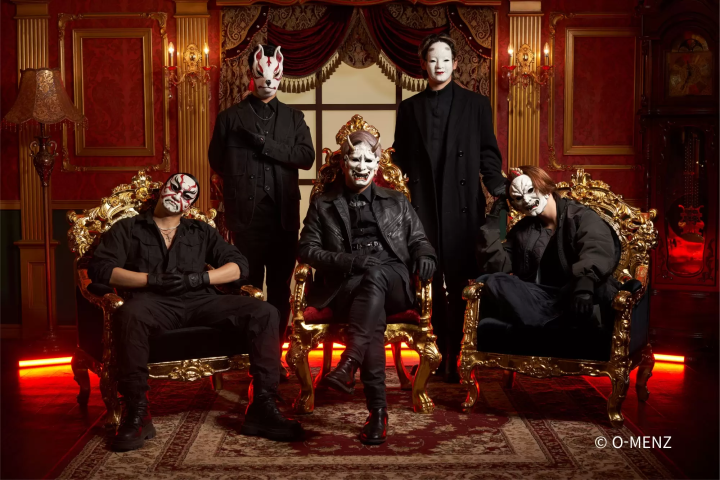


![[JR KYUSHU HOTEL Blossom Oita] A hotel directly connected to Oita Station - A comprehensive guide to access!](https://resources.matcha-jp.com/resize/720x2000/2025/10/23-247814.webp)
